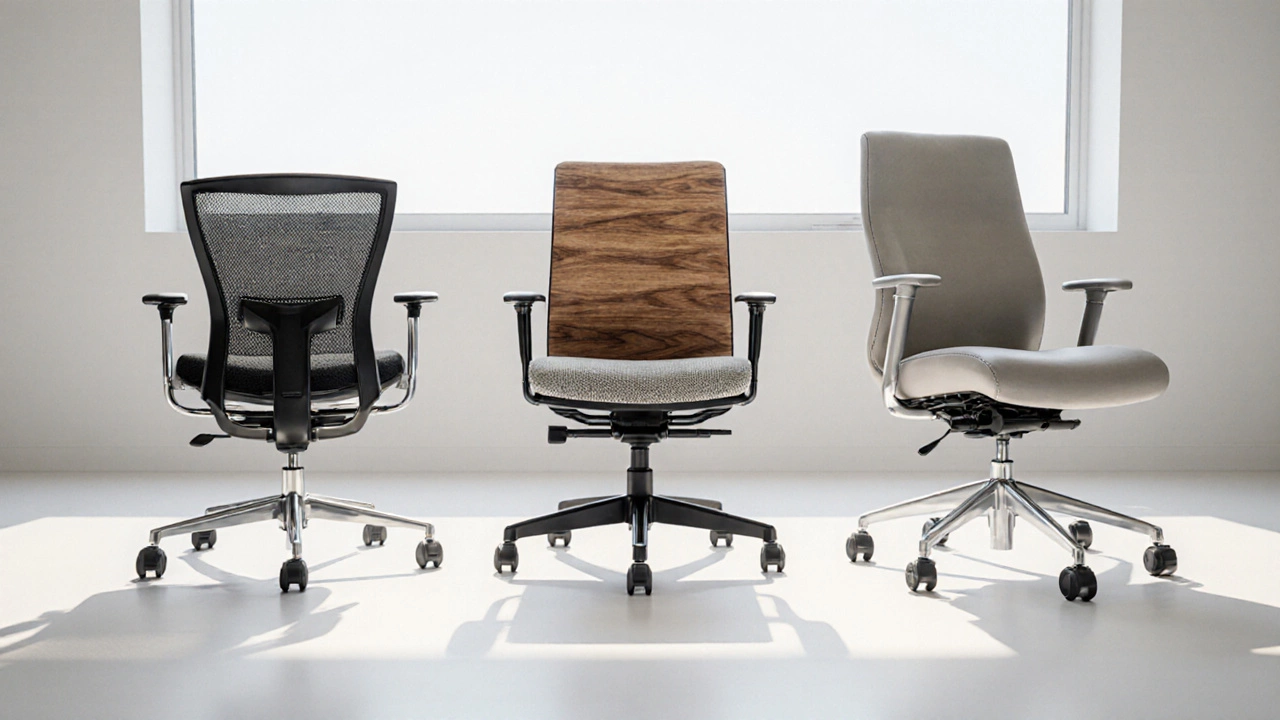Office Chair Durability – How Long Will Your Seat Hold Up?
When evaluating Office Chair Durability, the ability of an office chair to keep its structure, comfort, and safety over years of daily use. Also known as chair lifespan, it matters to anyone who spends hours at a desk because a weak chair can ruin posture and cost extra money.
One of the first things to look at is Material Strength, the resistance of the frame, base, and upholstery to wear, load, and environmental stress. Steel frames, reinforced wood, and high‑density plastics all score higher on this attribute than cheaper alternatives. The second key factor is Ergonomic Design, features like adjustable lumbar support, seat depth, and swivel range that reduce uneven stress on moving parts. When a chair’s design spreads weight evenly, the joints and casters stay functional longer.
Why Maintenance Beats Replacement
Even the toughest chair will fail without proper Maintenance Practices, regular cleaning, tightening bolts, and lubricating moving components. Simple actions—wiping spills, checking for wobble, and tightening the gas lift—can add several years to a chair’s service life. Think of maintenance as the oil that keeps the mechanical heart beating.
These three entities—Material Strength, Ergonomic Design, and Maintenance Practices—form a loop: strong materials enable ergonomic features, ergonomic features reduce wear, and maintenance preserves both. That loop is a core semantic triple: Office Chair Durability encompasses Material Strength. Another triple: Ergonomic Design influences Office Chair Durability. And a third: Maintenance Practices require Material Strength to be effective. Together they explain why some chairs outlast the average workplace turnover while others need replacement after a few months.
Looking beyond traditional office chairs, many users now try office chair alternatives like kneeling stools, balance balls, or sit‑stand desks. These options shift the load, sometimes extending the life of the primary chair by sharing usage time. However, they also introduce new variables—different material wear patterns and distinct maintenance routines. Understanding how an alternative seating solution interacts with the main chair’s durability helps you build a resilient workstation.
What does durability really mean for you? It can be measured in three ways:
- Structural integrity—does the base wobble after months of use?
- Comfort retention—does the cushion flatten or lose support?
- Safety—do the brakes still lock and the wheels roll smoothly?
Our curated collection below covers the whole spectrum. You’ll find a guide on the best woods for outdoor furniture that share the same durability principles, a deep dive into sofa frames that hold up under heavy use, and tips for choosing ergonomic alternatives that complement a long‑lasting chair. Whether you’re picking a new seat for a home office or fine‑tuning an existing setup, the articles ahead give you concrete data, real‑world examples, and actionable steps.
Ready to see how these ideas play out in specific products and scenarios? Scroll down to explore practical advice, comparison charts, and maintenance checklists that will help you keep your chair—and the rest of your workspace—working for years to come.
How Long Should a Good Office Chair Last? A Practical Guide
Discover how many years a quality office chair should last, what affects its durability, maintenance tips, warranty insights, and when to replace it.
More
